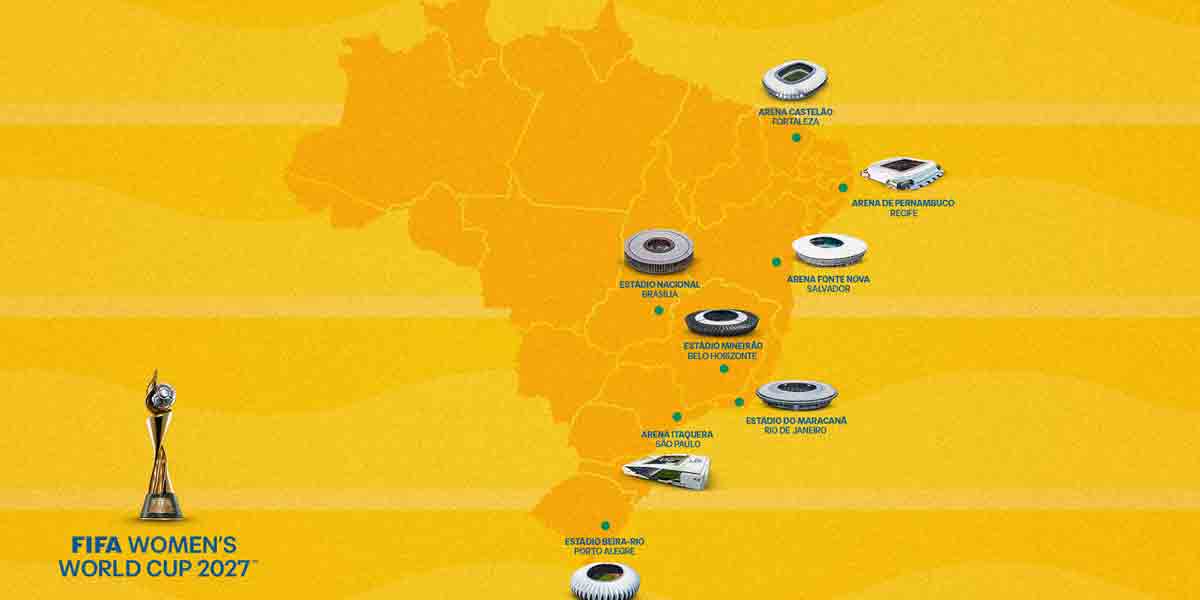 By Art Jimenez
By Art Jimenez
So after all the efforts and expenses, our gross domestic product (GDP) or national output, still shrunk by a record-high 16.5 percent in the second quarter (April-June) with COVID-19 our unseen enemy, yet on the rampage. To illustrate: Two weeks ago on August 4, DOH reported 112,593 confirmed cases of C19. Two weeks later, on August 17, the number jumped by 51,881 patients or 46.1 percent to 164, 474.
At this point can we ask how other countries fare so far in the year? The question is valid because for the first time in contemporary history, all nations suffer from the same harrowing problem and face the same economic challenges. In just less than eight months From January 1 to August 16, C19 has infected 21.7 million people and took the life of 775.6 thousand individuals in over 200 countries. The first pandemic since almost a century ago in 2010, C19 has messed up global socio-economic life, challenged our collective psyche, and made despondent of countless millions. And it seems C19 isn’t through yet!
However, while the impact of the invisible virus on all of us is similar, it would necessary vary in intensity among nations because of their many differences. Countries have different natural resources, financial capital, demographics, industry and business profiles; government resources and ability, and people’s cooperation.
So to make them comparable, economists and sociologists use a few variables to come up with an effective indicator of economic activity or productivity, known to all by now as the GDP.
Worldwide, GNP is calculated by a national statistical agency based on data it gathers from various sources through surveys and interviews. Individual data and method of GDP calculation follow international standards of nomenclature and measurement as defined in the System of National Accounts as compiled and used by the International Monetary Fund (IMF), the European commission, the Organization for Economic Cooperation and Development (OECD), the United Nations (UN), and The World Bank (TWB).
Btw, this portion is for those new in economics or have forgotten their Economics 1. The rest can either skip the topic or look back to what they learned before.
As mentioned in Part 1, GDP measures the total value of all goods and services produced in the country within a set period, usually one year. In effect, GDP measures production output and its movements over a given period. It may also be regarded as a “snap shot” of the economy at a particular moment in time, which could then be minutely looked over and analyzed.
But the Philippine Statistics Authority releases the GDP not only once a year but actually every month, quarter, and semester. This public information service enables economists, analysts, researchers, and students to also measure or feel the pulse of the economy periodically. It also gives the mass media something to write about or report on.
Calculating GDP. There are three methods in calculating GDP, each ending up with the same results because they measure the same money that flows through the economy: (1) expenditure approach, (2) income approach, and (3) production approach or value-added approach. Of the three, the expenditure approach is the most popular because, at least for me, it is comparatively simple and uses terms familiar to all of us GDP enthusiasts.
Once calculated, a country’s GDP and its rates of changes over a timespan may be compared with other countries. Here our favorites are our fellow ASEAN members, the United States (speaking of colonial mentality), and a few high-income European countries.
GDP Formula. In equation form, the standard expenditure approach formula in calculating GDP is:
Y= C + I + G + (X – M), where,
Y is the GDP; C is Consumption; I is Investment; G is Government spending; X is Exports; and M is Imports.
Consumption consists of personal, private, and family/household expenses on goods and services. Consumption is the largest GDP component.
Investment includes private sector capitalizing a business, purchases of property and real estate, trading in shares of corporate stocks, and other economic activities whose intention is to generate a profit. Accumulated investment is also called “gross capital formation.”
Government represents public spending on all item in its annual budget, such as salaries and benefits, maintenance and other operating expenses (MOOE), socio-economic expenses, machinery and equipment, school buildings, and infrastructure like roads and bridges.
Balance of Trade (X- M). The “balance” here is the difference between the country’s exports and imports during the set period. The balance is positive (+) if Exports exceed Imports and negative (-) if the opposite is true.
Substitute the corresponding statistical data with their place in the formula, do the ‘rithmetic, and arrive at the GDP for that period.
-To be Concluded-
















